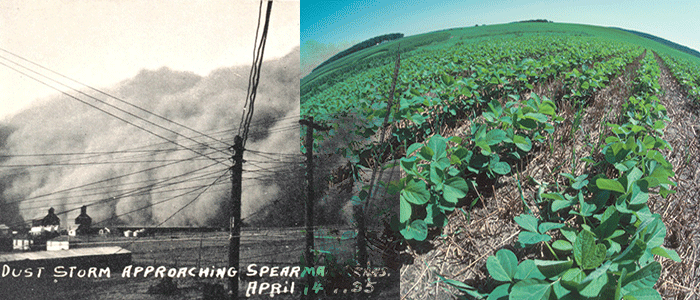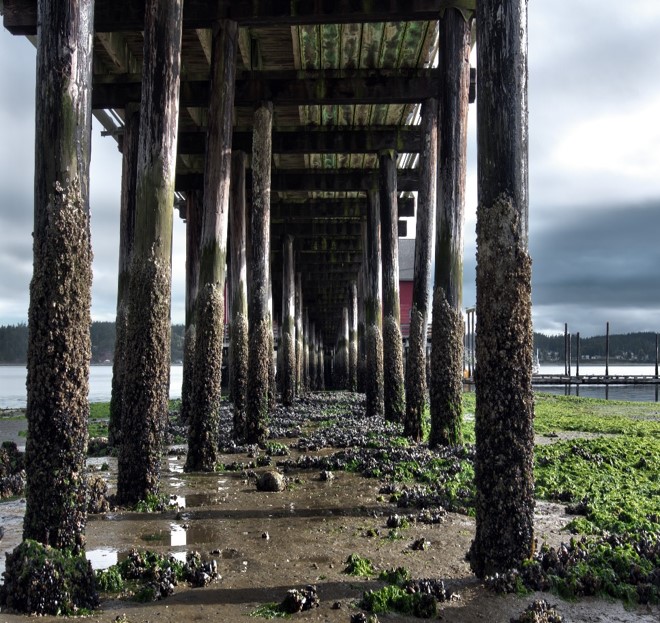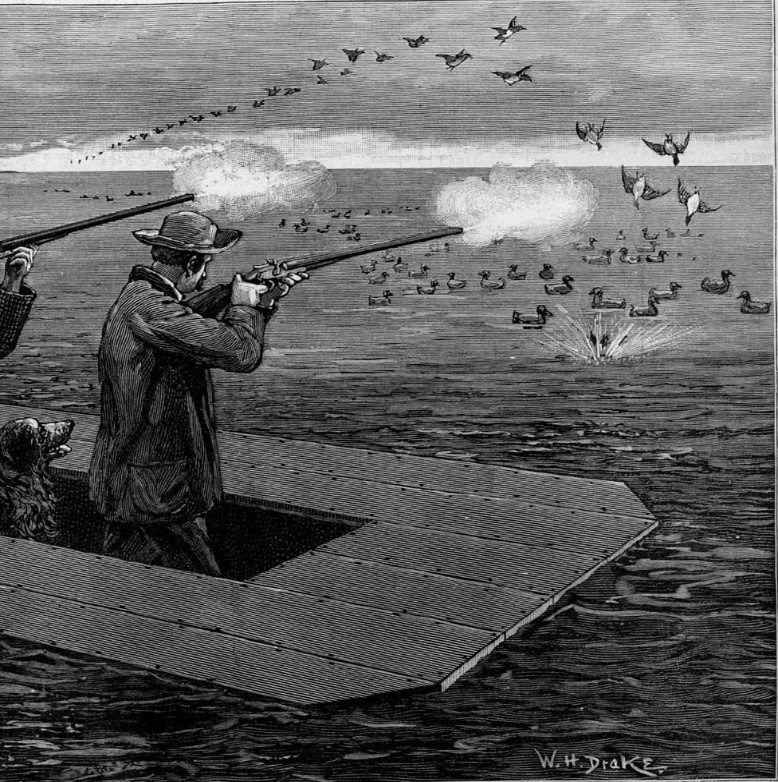Soil and water

In every even numbered year, North Carolina has elections for county officials. In every other one of these even numbered years, like 2016, there is a simultaneous election at the top of the ballot for President of the United States. Hundreds of millions of dollars are spent and mass media is fixated over more than a year, assuring global attention to this important election. But at the bottom of those ballots in every even numbered year, another set of elections takes place with implications for the State’s environment–yet the media attention, if any, is almost always limited to asking “what do these people do, these Soil and Water Conservation District Supervisors?” Our collective ignorance of the work of soil and water conservation districts is sadly paralleled by our ignorance of the importance of soil itself. Water makes its way into our headlines more regularly these days, though it is still largely taken for granted in the well-watered eastern United States. Soil–that thin, living layer that sustains life itself on what, without it, would be a lifeless rock in space–has got to be the most undervalued environmental attribute in our world.
Read More →

